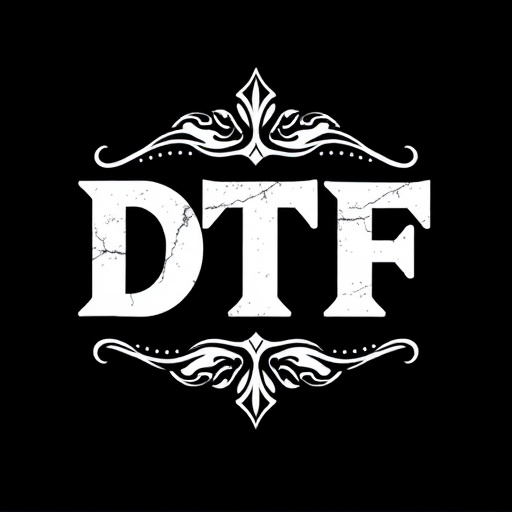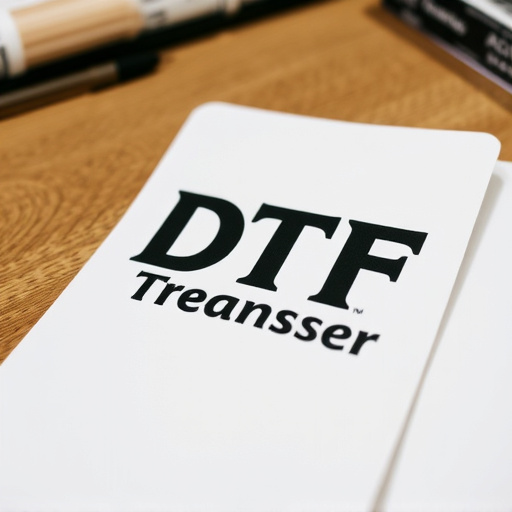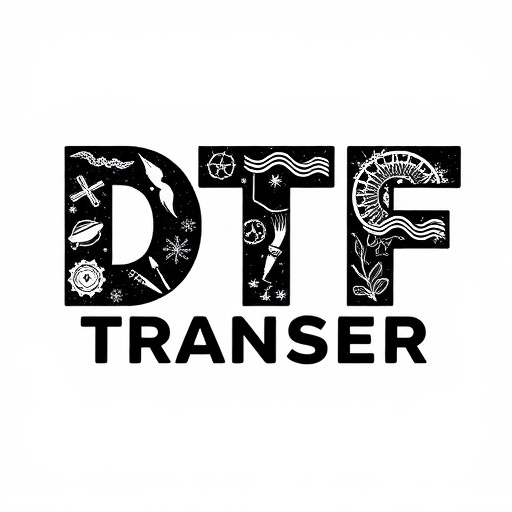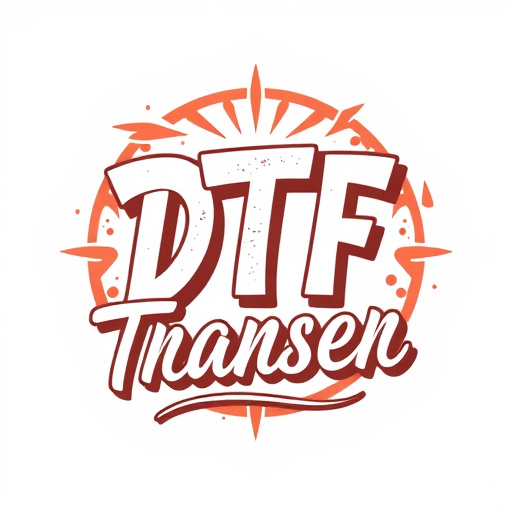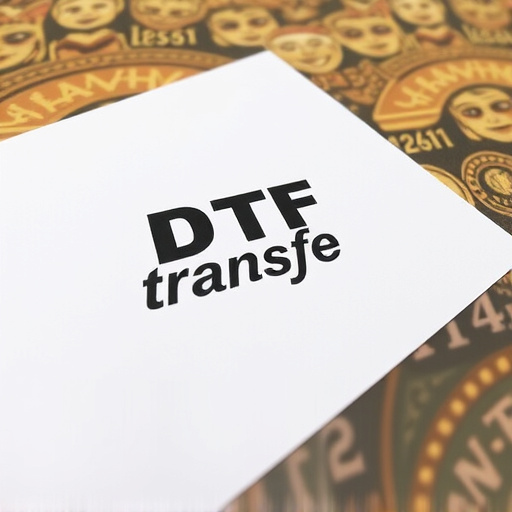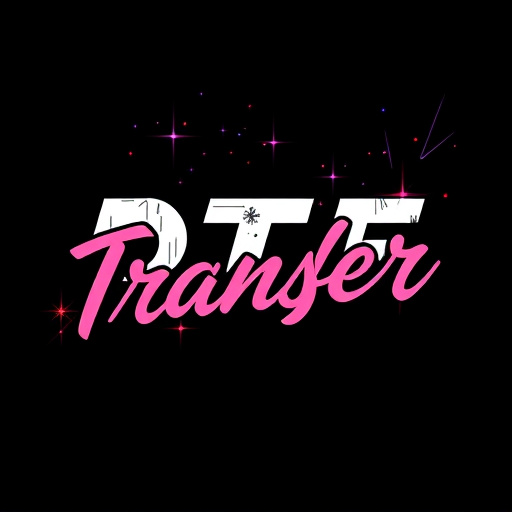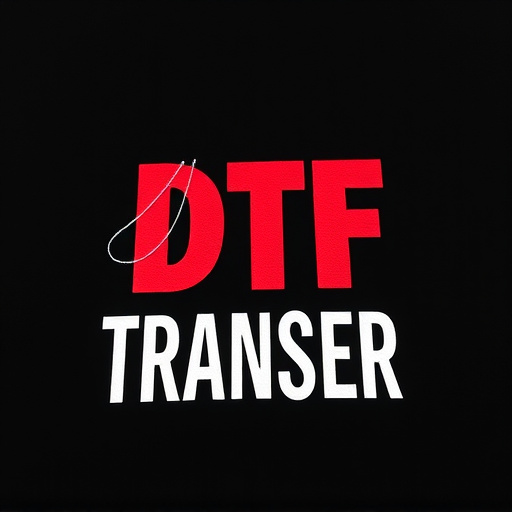Direct-to-Film (DTF) transfers are a cutting-edge printing solution, eliminating intermediate steps for direct application of ink onto film surfaces. With versatile applications in art, photography, and design, DTF offers precise color reproduction, rich effects, and no minimum quantity requirements, making it cost-effective and flexible. This technology has transformed filmmaking and various industries by providing high-quality on-demand printing options with faster turnaround times. When choosing a provider, look for advanced tech, consistent reviews, and versatility in materials and finishes. DTF transfers are ideal for custom prints, event merchandise, and art exhibitions, with a promising future driven by rising demand and sustainability initiatives.
“Discover the revolution in film printing with direct-to-film (DTF) transfers—a game-changer for enthusiasts and professionals alike. This comprehensive guide explores the benefits of DTF services, which offer unparalleled quality without traditional minimum quantity requirements. From understanding the DTF process to choosing the right provider, we demystify this cutting-edge technology. Learn when and why you might need DTF prints, and stay ahead with industry trends shaping the future of film printing.”
- Understanding Direct-to-Film (DTF) Transfers: A Comprehensive Overview
- Benefits of DTF Transfer Services for Film Enthusiasts and Professionals
- The Process: How DTF Printing Works Without Minimum Quantity Requirements
- Choosing the Right DTF Service Provider: Key Factors to Consider
- Applications: When and Why You Might Need a Direct-to-Film Print
- Future of DTF Technology: Trends Shaping the Industry
Understanding Direct-to-Film (DTF) Transfers: A Comprehensive Overview
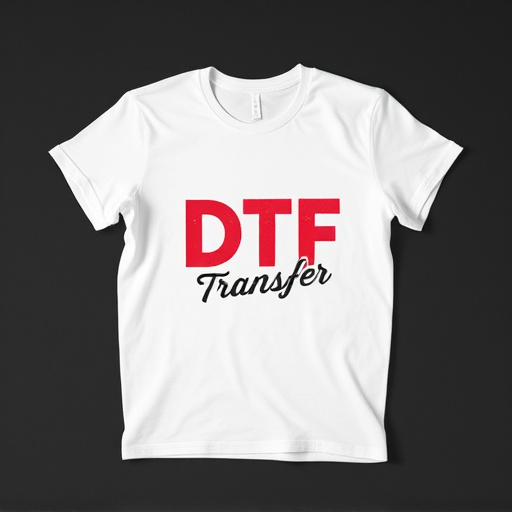
Direct-to-Film (DTF) transfers are a cutting-edge printing technique that has revolutionized the way we create and reproduce high-quality images, especially in the film industry. This innovative process eliminates traditional intermediate steps, enabling direct printing onto various film surfaces. DTF involves using specialized equipment to apply ink or dye directly onto the film, resulting in exceptional detail and vibrancy. It offers a versatile solution for a wide range of applications, from fine art printing to photography and even graphic design.
DTF technology provides numerous advantages over conventional methods. It allows for precise color reproduction, ensuring that prints accurately represent the original artwork or image. Additionally, DTF transfers can produce stunning effects, such as deep blacks, rich colors, and exceptional texture, making them ideal for showcasing in exhibitions or creating high-impact visual experiences. With no minimum quantity requirements, artists and businesses can now access this technology, offering cost-effectiveness and flexibility for both small-scale and large-format printing projects featuring DTF prints.
Benefits of DTF Transfer Services for Film Enthusiasts and Professionals
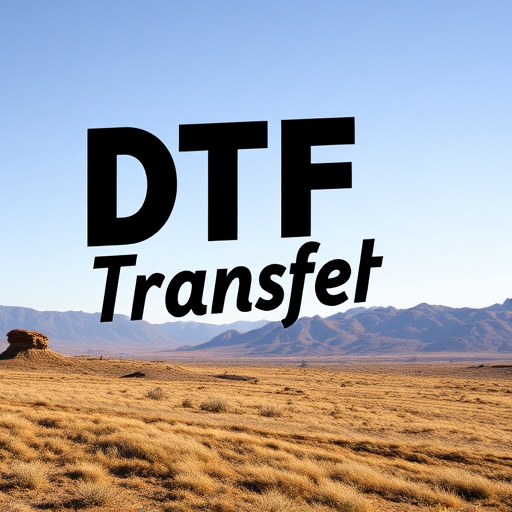
Direct-to-film (DTF) transfer services have revolutionized the way film enthusiasts and professionals approach their craft. One of the primary benefits is the elimination of quantity restrictions, allowing individuals to access high-quality printing options regardless of whether they’re producing a single copy or a small batch. This democratizes filmmaking, empowering independent filmmakers, artists, and hobbyists to share their work on demand.
Additionally, DTF transfers offer exceptional image quality, preserving intricate details and colors accurately. The process involves transferring images directly onto film stock, ensuring a direct connection between the original content and the final print. This attention to detail is particularly appealing for professionals who seek to maintain the artistic integrity of their films. Moreover, DTF printing services are often faster than traditional methods, enabling quicker turnaround times and facilitating efficient workflow management.
The Process: How DTF Printing Works Without Minimum Quantity Requirements
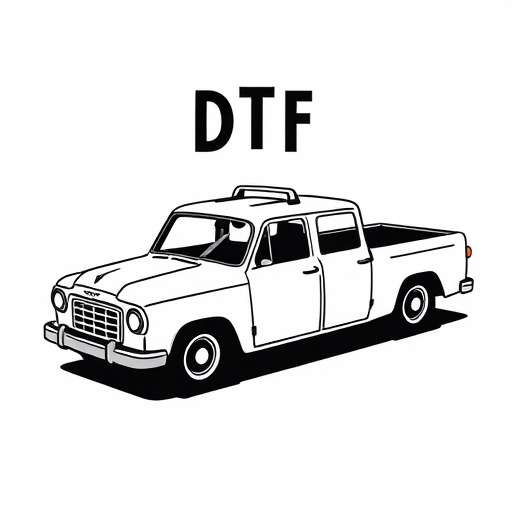
The process of direct-to-film (DTF) printing is a cutting-edge technology that eliminates traditional minimum quantity requirements. It involves a sophisticated digital workflow where your design, whether it’s a simple logo or complex artwork, is first converted into a film-ready format. This file is then used to create a mask—a precise negative of the image—which is applied to the printing plate. The unique aspect of DTF lies in its ability to transfer ink directly onto the film, bypassing the need for intermediate steps.
Unlike conventional printing methods that require substantial order volumes to be cost-effective, DTF transfers can produce individual prints with remarkable detail and quality. This technology ensures that even a single print can be executed flawlessly, making it an ideal solution for custom orders, prototypes, or limited-edition releases. The direct approach to film printing not only streamlines the production process but also allows for exceptional versatility in terms of substrate choices, enabling printers to work with various materials and finishes to cater to diverse customer needs.
Choosing the Right DTF Service Provider: Key Factors to Consider

When selecting a service provider for direct-to-film (DTF) transfers, several key factors come into play to ensure you get high-quality prints without quantity constraints. Firstly, look for providers with advanced DTF printing technology and expertise. This ensures precise color reproduction and sharp details in your prints, be it for small batches or single pieces. Modern DTF printers capable of handling a range of materials and finishes can offer versatile solutions tailored to your specific needs.
Reputation and customer reviews are also vital. Researching previous clients’ experiences can give you insights into the consistency and reliability of their services. Reputable providers should have a proven track record of delivering quality DTF prints on time, even for orders below typical minimum quantities. Additionally, consider their customer support and willingness to work with your unique requirements, ensuring a seamless experience throughout the transfer process.
Applications: When and Why You Might Need a Direct-to-Film Print
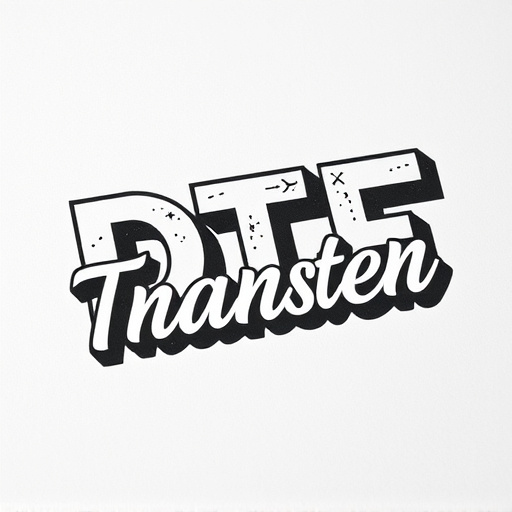
Direct-to-film (DTF) transfers have found their niche in various industries where high-quality, on-demand printing is essential. These services offer a unique and efficient solution for businesses and individuals seeking to create custom prints without the need for minimum order quantities. Whether it’s for promotional materials, art exhibitions, or one-off projects, DTF offers several compelling applications.
For event organizers, DTF transfers can be a game-changer, allowing them to produce personalized merchandise like t-shirts, mugs, or posters quickly and in small batches. This is especially useful for festivals, pop-up events, or limited-edition releases where the demand is unpredictable but requires timely delivery. Moreover, artists and designers might need DTF printing for creating limited-edition prints, ensuring that each piece is unique and readily available without bulk production costs. With direct-to-film technology, the possibilities are endless, catering to a wide range of needs beyond traditional printing methods.
Future of DTF Technology: Trends Shaping the Industry
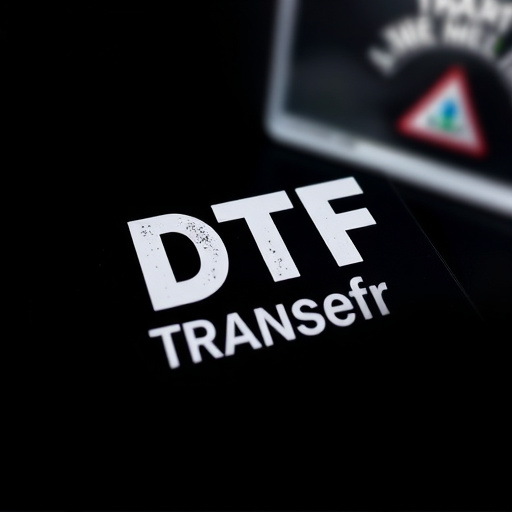
The future of Direct-to-Film (DTF) technology is promising, with several trends shaping the industry. One notable trend is the increasing demand for on-demand and custom printing solutions. With advancements in DTF transfer technology, businesses can now offer personalized prints without the need for large minimum order quantities. This shift is driven by consumers’ desire for unique, tailored products, making DTF Printing an attractive option for various markets, from fashion to signage.
Additionally, sustainability is becoming a key focus for DTF technology. Eco-friendly materials and processes are being developed to reduce the environmental impact of printing. As awareness grows among consumers about sustainable practices, DTF industry leaders are responding with innovative solutions that minimize waste, reduce water usage, and explore biodegradable ink options. These trends suggest a more accessible, flexible, and environmentally conscious future for DTF technology.

